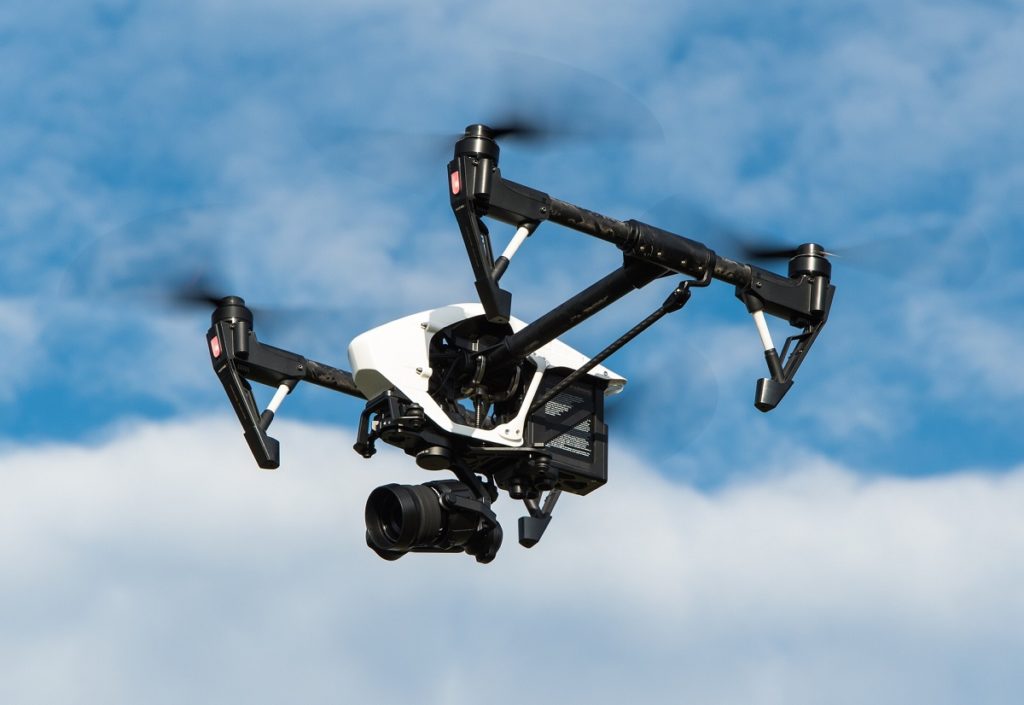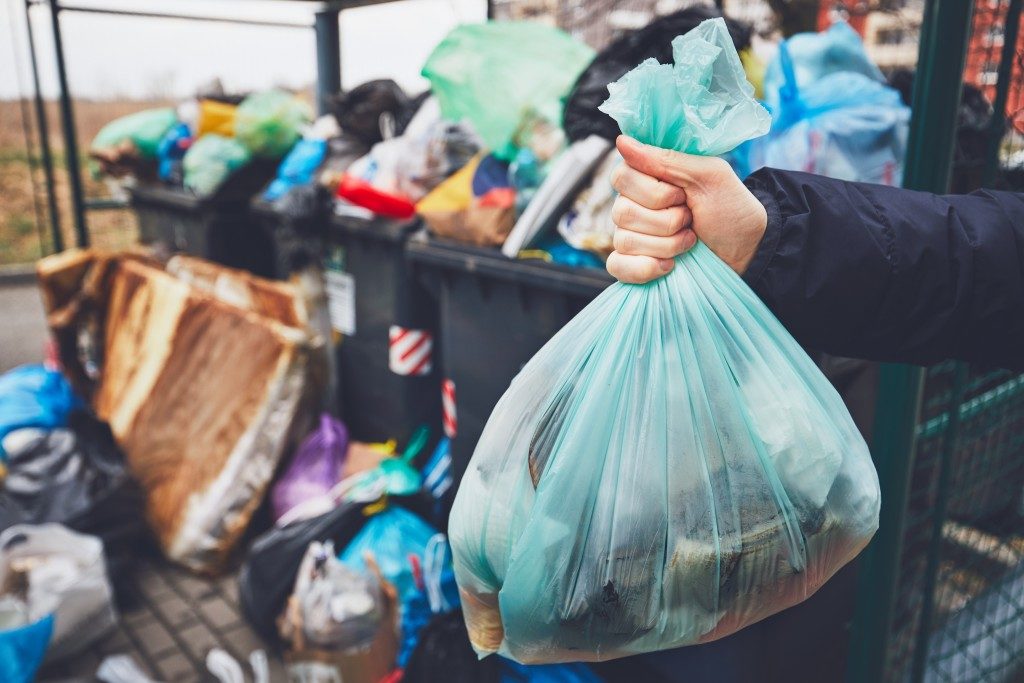It’s a bird. It’s a plane—nope! It’s a drone! These uncrewed flying vehicles are everywhere, and the data show it. According to Research Nester, this market will eventually earn $25 billion by 2023. From this point until then, it will achieve a growth rate of a whopping 18.2%.
Within the same period, people will buy at least 18 million units—a dramatic increase of 14 million from 2015. Drones are popular for one reason: application. A long time ago, these vehicles were mainly for military defense. This role remains the same—with a few more.
Drone owners are now using it to:
- Study and document changing weather patterns
- Shoot movies or photographs
- Deliver some packages, especially to remote areas
- Conduct aerial property or land survey
Despite the popularity of drones, it faces many challenges that demand one thing called aircraft insurance.
The Tough Rules about Flying Drones
One of the biggest obstacles of drones is flying. The Federal Aviation Administration (FAA) has specific and sometimes strict rules about it. It depends on whether you’re a hobbyist or a non-hobbyist.
You are a hobbyist if you’re flying drones for fun or recreation. If you start making money (or that’s your goal), then FAA treats as you as a commercial drone pilot.
In both situations, you have to register your drone and obtain an FAA number. If you fly your drones inside the house, then you can avoid this regulation.
It costs cheap at only $5, and that’s already for all the drones you own. You can keep it for three years, after which you have to renew the registration.

It’s a different case when you’re a commercial drone flyer. You need to become a certified drone pilot by the FAA. To do that, you should take a knowledge test and pass it. After, you will receive a remote pilot certificate.
The FAA is also specific about where you—and you cannot—fly the drone. Usually, the general rule is that the vehicle should always be within your line of sight. The agency already determined no-fly zones.
Differences in rules also exist if you want to fly close to an airport. In general, you shouldn’t be doing that. If you have to, then you need to ask permission from the air traffic controller if you’re a commercial flyer. If you’re a hobbyist, know the designated flying site.
Accidents from Drones
The FAA doesn’t demand that you get insurance coverage for flying, but you might have to. Drones can cause injuries and deaths. Depending on the circumstance, they could also harm other aircraft.
Take, for example, a 2013 accident involving these flying vehicles. During a festival in Virginia, one of these crashed, hit a stall, and injured the crowd nearby.
The FAA also reported the many instances when drones flew close to an airplane or helicopter. An actual collision has yet to happen, but studies already show that it can be disastrous. Hitting a plane can rip apart or significantly damage its wings.
Flying drones can be fun and profitable—until it isn’t because you fail to follow the FAA rules. For everyone’s safety, remember the regulations, no matter how strict they are.



